Peking cabbage and features of its cultivation
Vegetable crops that are part of the Cruciferous family harmoniously fit into the traditional country landscape; gardeners have long liked their simplicity and invariably high yield. It is no surprise that the cultivation of Peking cabbage in home gardens is becoming more and more popular. Its tender leaves, collected in a loose head of cabbage or rosette, are juicy, tasty and healthy. They contain many amino acids and vitamins, they are rich in minerals and protein. Petsai, as this culture is also called, is perfect for making salads and sandwiches, as well as for decorating ready-made dishes, which made it possible to assign this vegetable the meaningful names - Chinese salad, lettuce. You can grow a crop in different ways: seedling and seedling, in protected and unprotected soil, in a heated greenhouse.
Specificity of culture
In order for heads of cabbage to form on the plants, it is necessary to strictly observe the agrotechnology of Peking cabbage, taking into account the peculiarities of its life cycle. If the daylight hours are more than 12 hours, Chinese lettuce releases an arrow and begins to bloom. Harvest from such bushes can no longer be removed, they are removed from the beds or left to collect seeds. Intense growth of leaves and setting of heads of cabbage in lettuce occurs with a short daylight hours. It can be created artificially by shading the beds in the evenings and removing the shelter in the morning. But there is also a less troublesome way - to adhere to the recommended planting dates:
- in spring - strictly at 15–20 days of April;
- in summer - in the period from the third decade of July to the first decade of August.
Peking cabbage is notable for its early maturity. If desired, and with the minimum amount of time, it will be possible to harvest useful heads of cabbage in the open field twice or even three times per season. Its varieties are varied. By the timing of ripening, they are divided into 3 groups:
- early ripening (Manoko, Orange mandarin) - they start harvesting after 40-55 days;
- mid-ripening (Cha-Cha, Vorozheya, Lyubasha) - their heads are ready in 55-60 days;
- late ripening (Russian size, Nika) - it will be possible to cut them after 60-80 days.
Each of the varieties of lettuce has specific characteristics. They differ in the color of the leaves, their taste, the shape and size of the heads of cabbage, the duration of their storage, and the presence of immunity to diseases. Some of them boast resistance to shooting and low temperatures. Hybrids of salad cabbage of Dutch origin are especially popular with summer residents.
Getting seedlings
Petsai seeds are allowed to be sown directly into the ground, but the seedling method of growing crops is more often practiced. It allows you to harvest faster. Sowing dates depend on how you plan to use them, as well as on the type of soil. If you want to eat heads of Peking cabbage from the beds as early as possible, the optimal time for planting it is the last week of March. To eat healthy vegetables in winter, the procedure is carried out at the end of June. In regions with short warm winters and with further cultivation in a greenhouse, petsai are planted in late January or early February.
For sowing seeds, it is better to take separate containers or peat tablets... This will help avoid problems when picking seedlings, after which the salad is sick for a long time.
Prepared containers are filled with loose soil from the following components:
- 1 part of humus;
- 2 parts coconut substrate.
Suitable for Chinese cabbage and turf soil mixed with peat. Their volumes must be the same.Having spread out 2-3 seeds in each pot, they are lightly sprinkled with soil (0.5-1 cm). After waiting for the seedlings to get a little stronger and 2-3 leaves are formed on them, they leave the strongest of them, and the rest are carefully weeded out. For germination, seeds need warmth, but they do not need lighting. Therefore, the containers are removed to a dark place. Salad sprouts at home usually in 2-3 days.
If the first shoots appear, the pots are placed in a well-lit place. Too frequent and abundant watering is harmful to them, but the soil should not be allowed to dry out either. Moisten the seedlings when the top layer of soil in the container dries up. You can plant young Peking cabbage in the beds when its age is 25-30 days. By this time, she should release 4-5 full leaves. In the south, lettuce seedlings are obtained in a film greenhouse. In this case, the sowing of seeds is carried out in early March, and after a month, young plants are placed on the beds.
Advice
The last time the seedlings are watered 3-4 days before they are placed in open ground.
Sowing in the beds
If the cultivation of Peking cabbage is carried out by a seedless method, you need to wait for the heat. The sowing time is influenced by the local climate. If in the middle lane petsai seeds can be planted in the beds already at the end of April, then in the Urals they do this much later - in mid-May. Experienced summer residents are advised to carry out several crops, repeating the procedure after 10-15 days. For spring planting, it is better to choose leafy varieties of culture, and for summer planting, those that form a head of cabbage.
Lettuce reacts to thickening by shooting. To avoid such a problem, leave at least 15-25 cm of free space between the bushes. The easiest way to achieve this is to plant the petsai in holes, placing 3-4 seeds in each. They are covered with a 1–2 cm layer of soil. When the Chinese cabbage rises, it will need to be thinned out. Of the sprouts that appear, the most powerful is selected and left to develop, while others are removed. The procedure is carried out at the stage of 1-2 full leaves. Adjacent holes are located at a distance of about 30-35 cm.
So that tender seedlings do not suffer from frost, beds with planted seeds are protected from them by stretching plastic wrap or special material. Adult Chinese cabbage is not afraid of the cold, its bushes painlessly tolerate temperatures down to -4 ° C. But they are dangerous for young seedlings, so it is better to leave them in such a greenhouse at night. In unprotected soil, seeds germinate in 3-10 days.
Advice
A dangerous pest of lettuce is the cruciferous flea. Plants can be protected from it already at the sowing stage by simply sprinkling the beds with wood ash.
There is another way to grow crops - in a greenhouse. Its owners can solve 2 problems at once: quickly get a harvest and save space. Rows of Chinese cabbage can be placed between tomatoes and cucumbers. By the time these crops grow, its heads of cabbage have already reached maturity. Between the rows with petsai in the greenhouse, 20 cm of free space is left. Seeds are planted at intervals of 5-10 cm. If the procedure is carried out in early April, then by the end of May the harvest will be completely ready.
Site requirements
Peking cabbage grows well in areas exposed to the sun with loose, well-drained soil, which contains a lot of organic matter. If the soil on the site is light, the plantings will suffer from drying out. In clayey, heavy soil, fungal diseases (keela) can strike them. The increased acidity of the soil will not affect the development of lettuce bushes, but an excess of salts will not benefit the plants. Before planting a culture, such soil is dug up, bringing sawdust or straw into it. The normal pH for petsai is 5.5 to 7.0.
You can plant Chinese cabbage after the following crops:
- garlic;
- Luke;
- cucumbers;
- zucchini;
- carrots;
- tomatoes;
- potatoes;
- legumes.
But if you place the petsai on the plots where last season there were beds with her relatives in the family (any cabbage, radish, radish, horseradish), it will not bring a good harvest.
Peking cabbage is planted in the holes. They are dug out in advance, leaving 25-30 cm between them. The row spacing is made equal to 35-45 cm. In order for the bushes to grow quickly, they will need a lot of nitrogen and other nutrients. Therefore, the holes are filled with fertilizers:
- humus or compost (0.5 l);
- wood ash (2 tbsp. l.).
Finish the pre-planting preparation with abundant watering.
Planting seedlings and caring for them
Before being placed in open ground, the seedlings are examined, rejecting sick and weak plants. It is recommended to spray it with insecticides to protect the young Chinese cabbage from insect pests. Such processing is carried out no later than 3 days before planting seedlings in the beds. The root collar is not buried; it should rise above the ground. Otherwise, the bush will start to rot. Petsay is planted by transshipment, carefully, trying not to damage the fragile and brittle roots of cabbage. Having placed the plants on the site, they are watered strictly at the root, water should not get on the leaves.
Peking cabbage needs warmth to form heads and rosettes. In cool weather, when the temperature drops below + 13 ° C, leaf growth slows down, but the process of forming an arrow with peduncles starts. To prevent this from happening, the air must be warmed up to +15, maximum to + 22 ° C. In the heat, the delicate petsai leaves can burn. In the Middle Urals, summer is often cloudy and rainy, and lettuce is usually grown there in a greenhouse. If this is not possible, the planting should be covered with a film or a special canvas. This will protect the crop from rotting.
Lyubasha and other varieties of Peking cabbage need care:
- watering;
- weeding;
- periodic loosening of the soil, which is carried out at a shallow depth.
Petsai water needs a lot, its lack will negatively affect the growth of bushes. But they should not be poured either, otherwise a good harvest from them will not work. Moisten the planting once a week using warm water. Sprinkler irrigation is preferred. The crop grows well in a weed-free soil, so you have to monitor the cleanliness of the plantings. Weed them carefully so that the earth does not fall on the apical bud of the bush. If the beds are mulched, less time will be spent on weed control. This procedure is performed when 2 weeks have passed from the moment the seedlings are placed on the beds.
Originating from distant China, Chinese cabbage, which is easy to grow and care for, has now spread throughout the world. It is successfully cultivated in the USA, Europe, Belarus, Ukraine, in the southern and northern regions of Russia, in the Far East, and in Indonesia. Summer residents fell in love with her for the simplicity of agricultural technology, rapid growth, which allows harvesting several harvests of tasty and healthy vegetables in one season, and the possibility of breeding in a seedless way.
Its juicy leaves are good fresh, but Peking cabbage is suitable not only for salads. It is put into borscht and vegetable soups, stuffed cabbage is wrapped from it, spicy snacks and casseroles are made with it, it is stewed with milk or mushrooms, dried, pickled, fermented. There are a lot of options. Petsai is prepared quickly, without filling the kitchen with the unpleasant smell of boiled cabbage. Try to plant it on your site, and it will certainly conquer you!
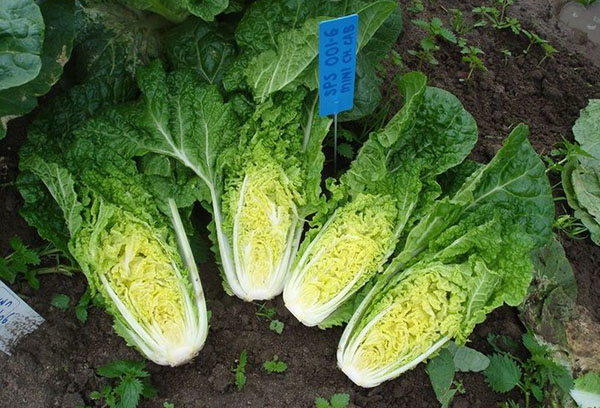
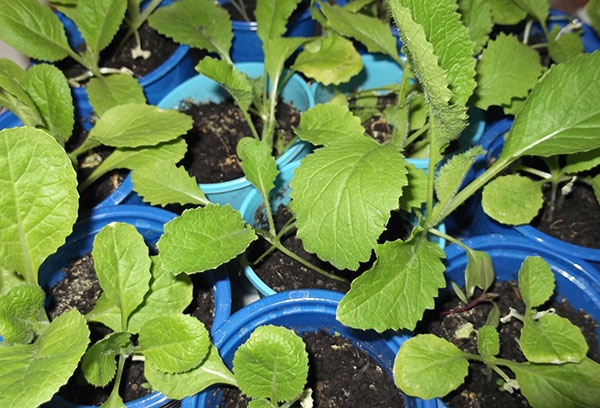

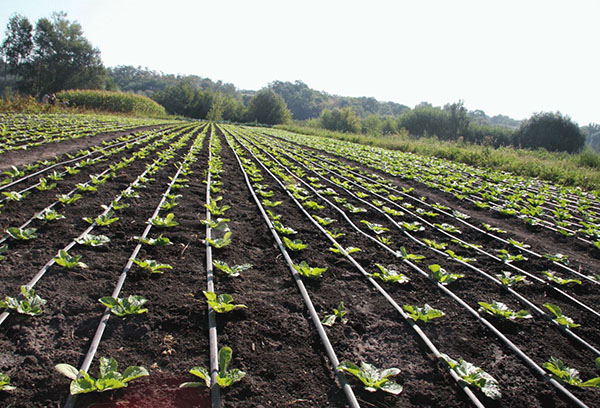
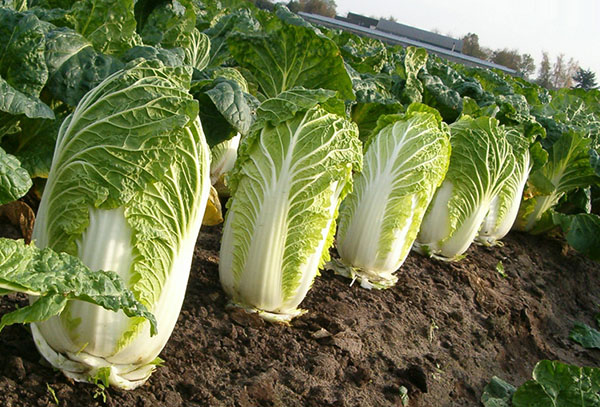
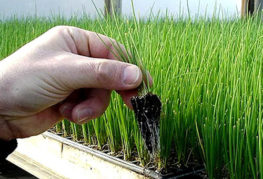
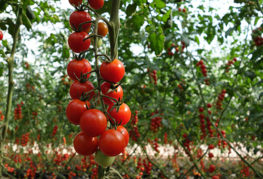
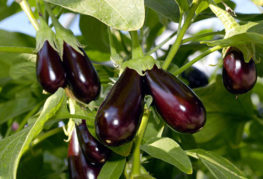
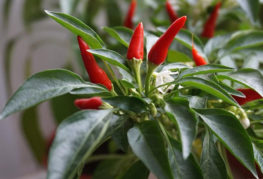
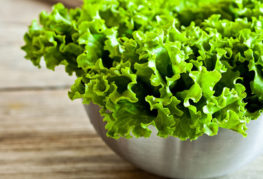
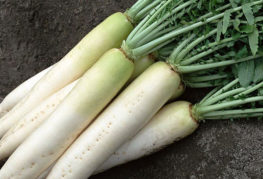
and will be published shortly.